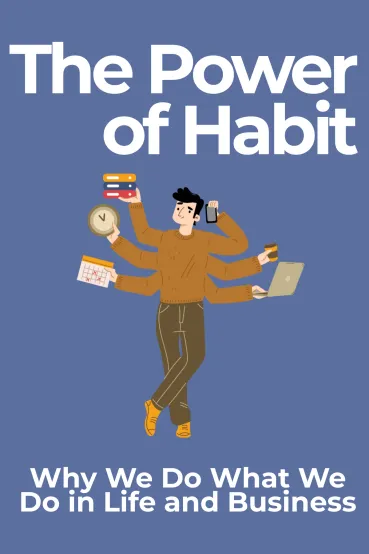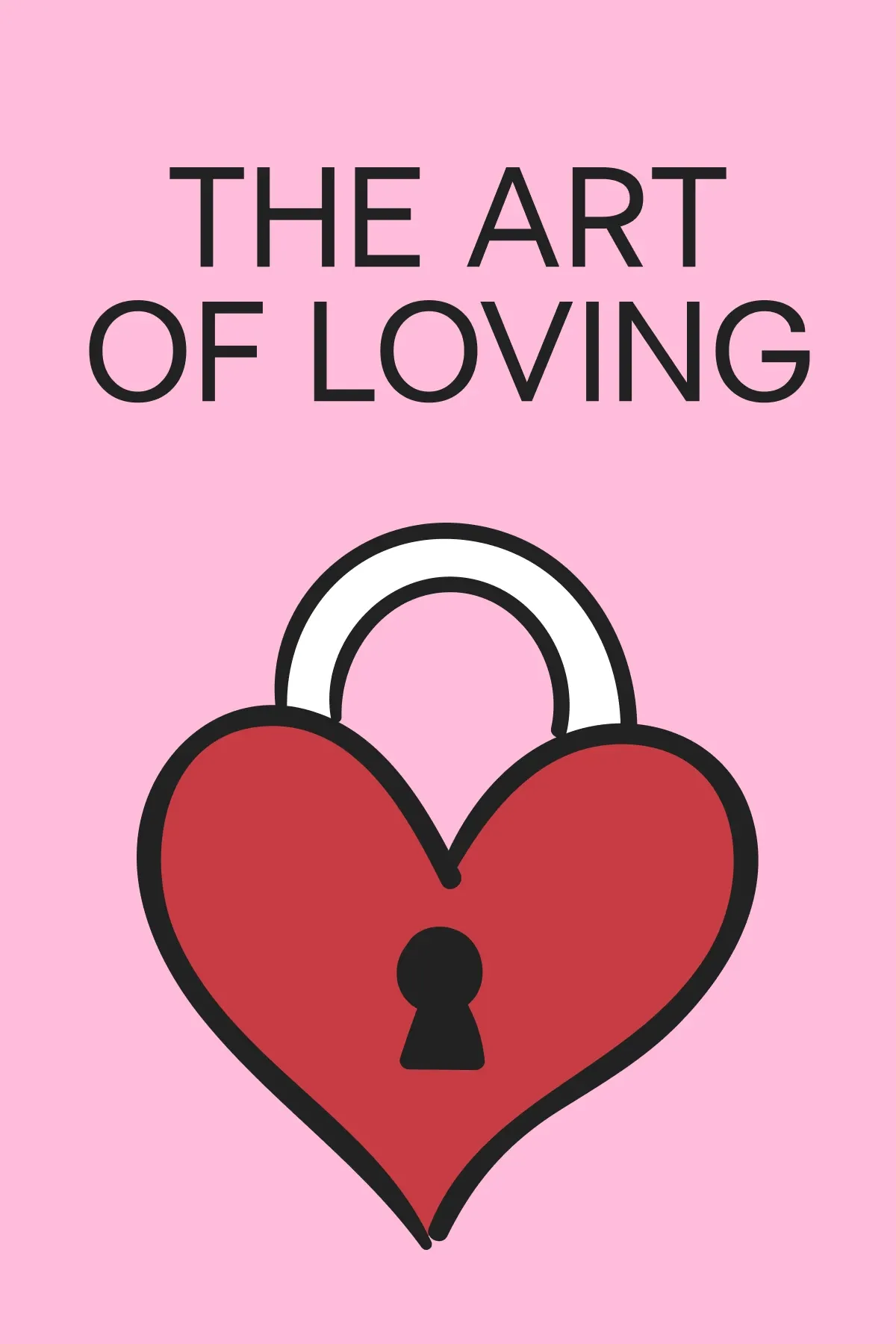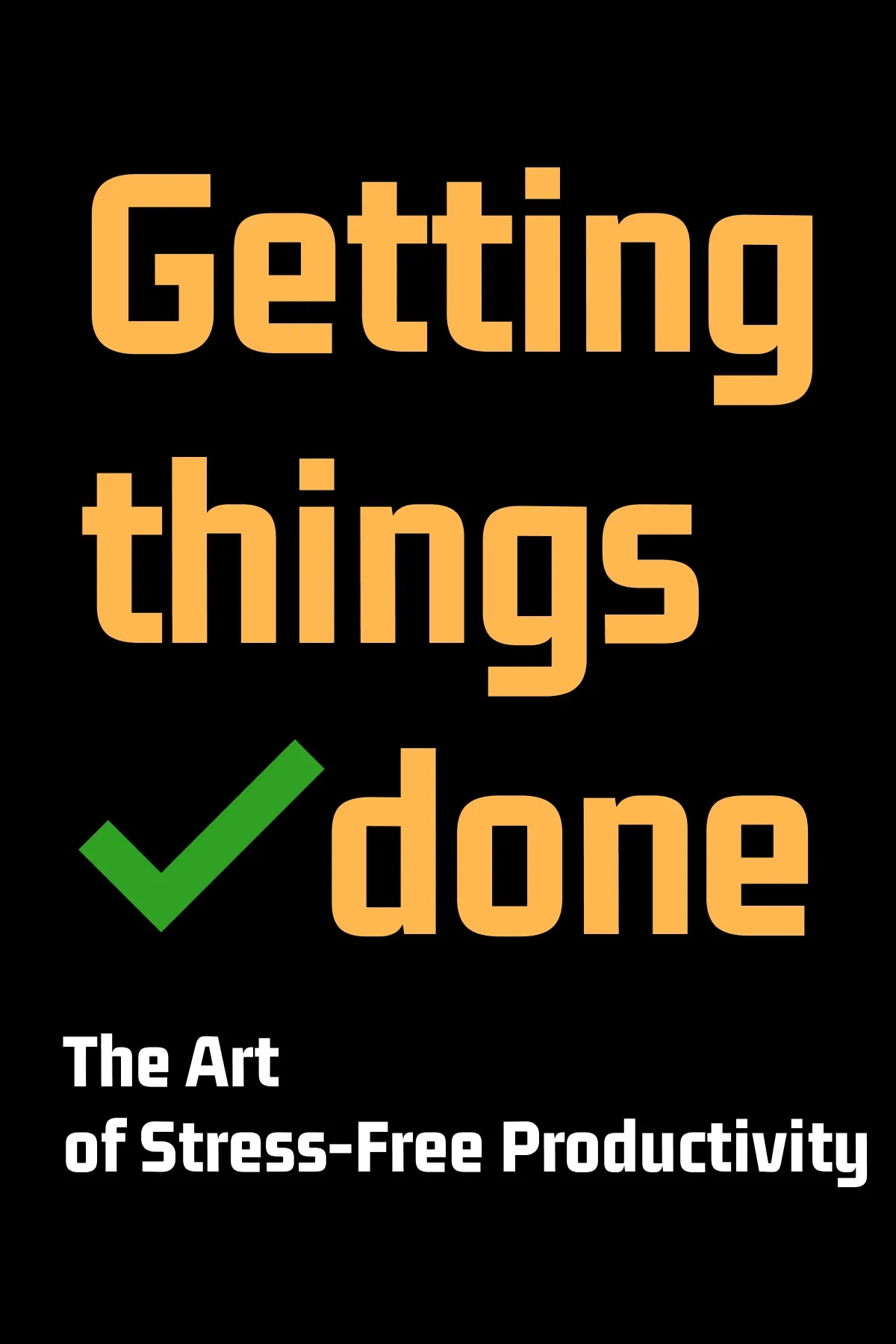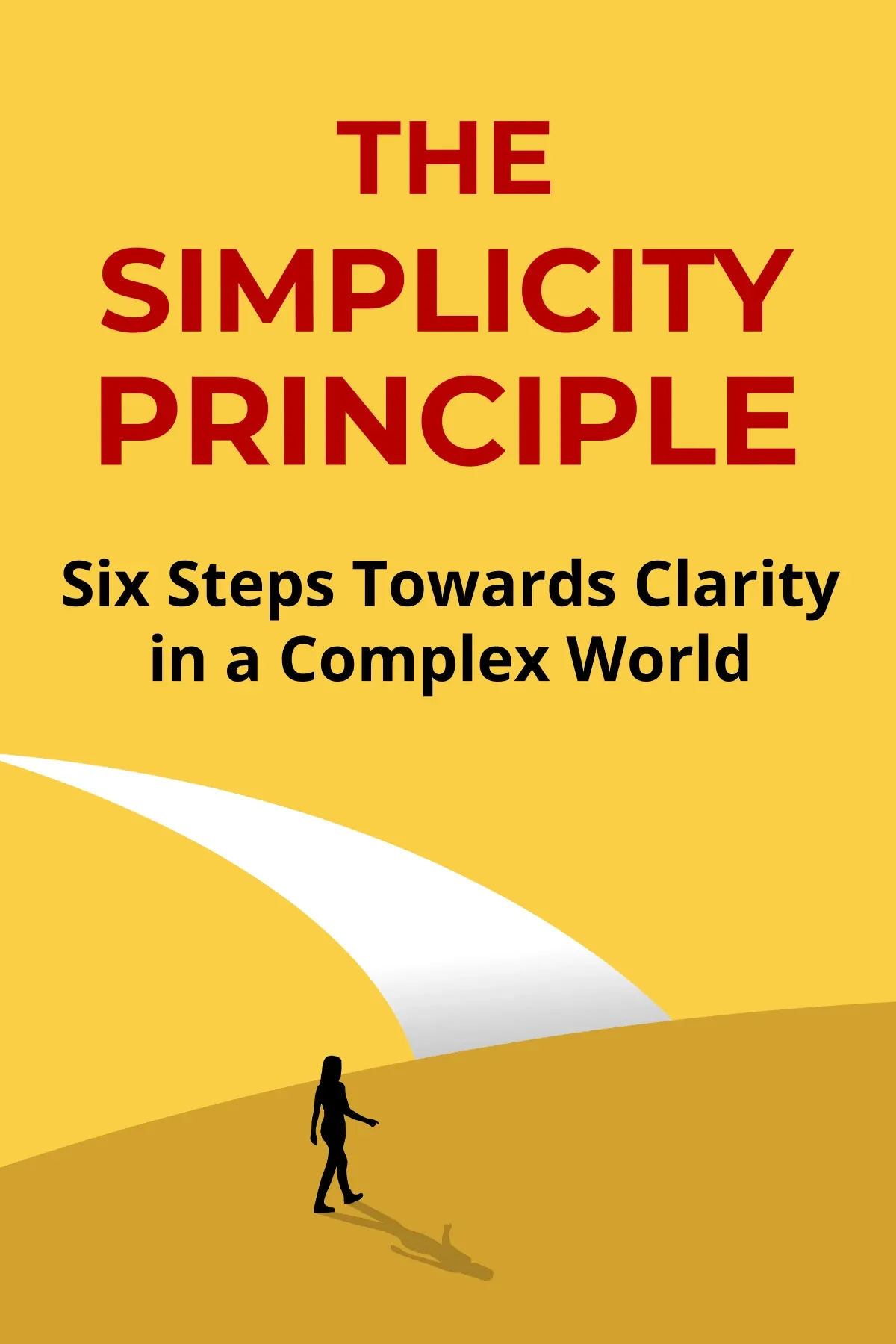
The Power of Habit
Brief Summary
“The Power of Habit” by Charles Duhigg is about the impact of habits in our lives. It explores habit formation, the role of cravings, the concept of keystone habits, and other intriguing aspects. The valuable knowledge you’ll gain after reading this book might help you transform your work, relationships, and life in general.
Topics
Key points
Key idea 1 of 10
During the 1990s, a team of scientists at MIT conducted a study on mice to explore the neural mechanisms of habit formation. The rodents’ task was to search for a piece of chocolate at the end of a T-shaped maze.
Upon the mice's initial introduction to the maze, there was a sharp increase in their brain activity. The smell of the treat made them instinctively locate it. However, when the researchers conducted the experiment again, they made a curious observation. As the mice progressively acquired the way to the chocolate – proceed straight ahead and then turn left – their brain activity declined.
The process of transforming a series of actions into an automatic routine is called chunking, serving as a core of all habit formation. Its significance in evolution is evident and pivotal, enabling the brain to conserve energy and execute everyday tasks with remarkable efficiency. As a result, tasks that initially require focused attention, such as looking for a piece of chocolate in a maze and then turning back, gradually evolve into a simple habit. In reality, as indicated by a study conducted by a Duke University researcher in 2006, up to 40 percent of our daily actions are habitual. In essence, any habit can be divided into the following three-part cycle.
Initially, an external cue is detected – for instance, you hear the sound of your alarm clock. It causes a notable surge in brain activity as your mind determines which habitual response to use in this situation. Next follows the routine, representing the action you typically do in response to the specific cue. You go to the bathroom and engage in the automatic process of brushing your teeth.
The last stage is receiving a reward – a sense of achievement and a delightful, fresh feeling in your mouth after your efforts. With the successful completion of the activity, your brain responds by elevating its overall activity level. Consequently, the connection between the cue and the routine becomes stronger.
The resilience of habits is truly remarkable. Certain instances show that even with significant brain damage it’s possible to maintain previous habits. Take Eugene who suffered severe encephalitis-related brain damage. He had trouble remembering where the kitchen door was when asked. But he still went to the kitchen and got some nuts from the cabinets when asked what he would do if he were hungry.
Eugene did well because habits form and stay in a part of the brain called the basal ganglia. Remarkably, even if the remaining parts of the brain are injured, the basal ganglia can continue to operate unaffectedly. Unfortunately, because of this strong resistance, there's always a chance of going back to a bad habit like smoking, even after successfully quitting it.
FAQ
You may also like these summaries











